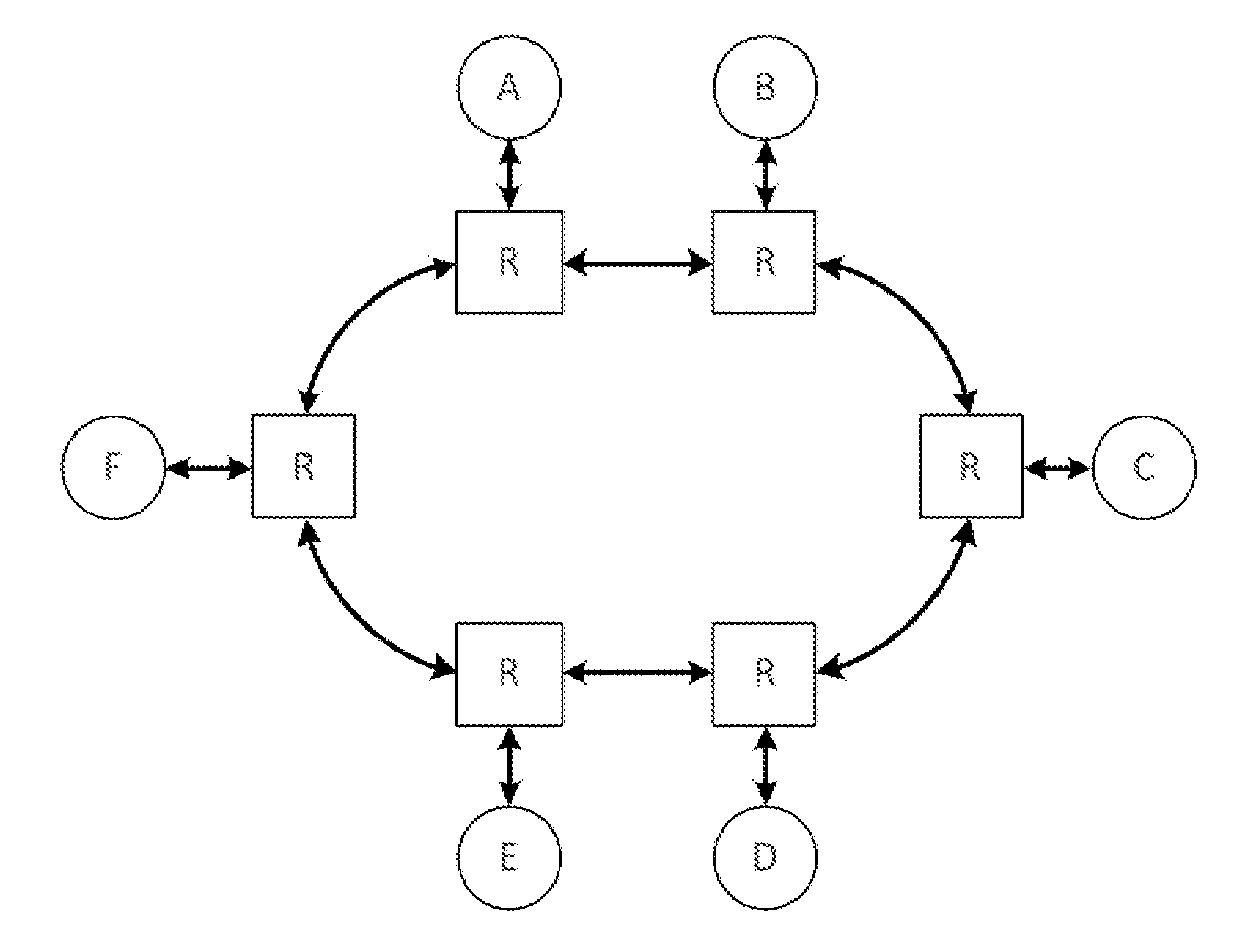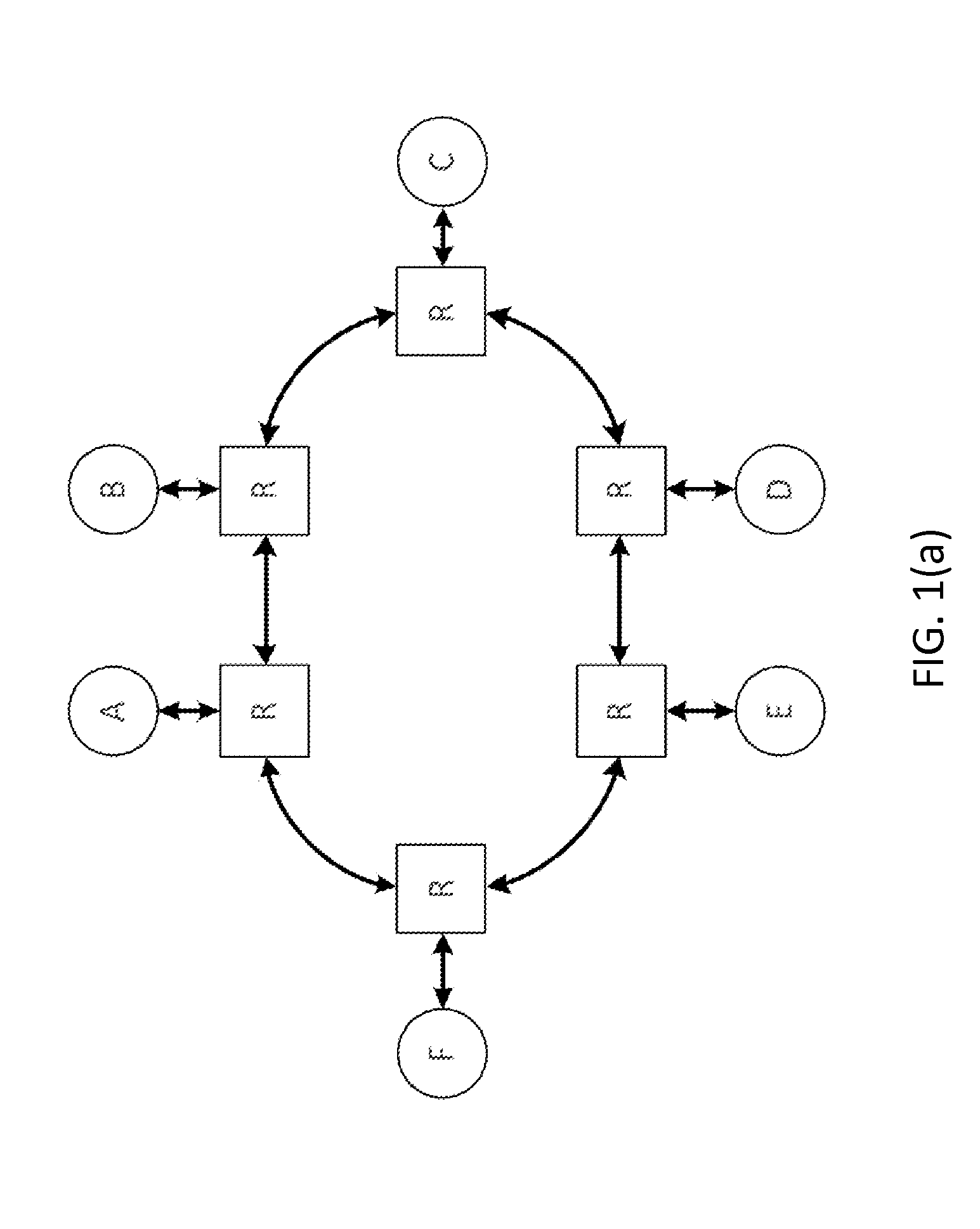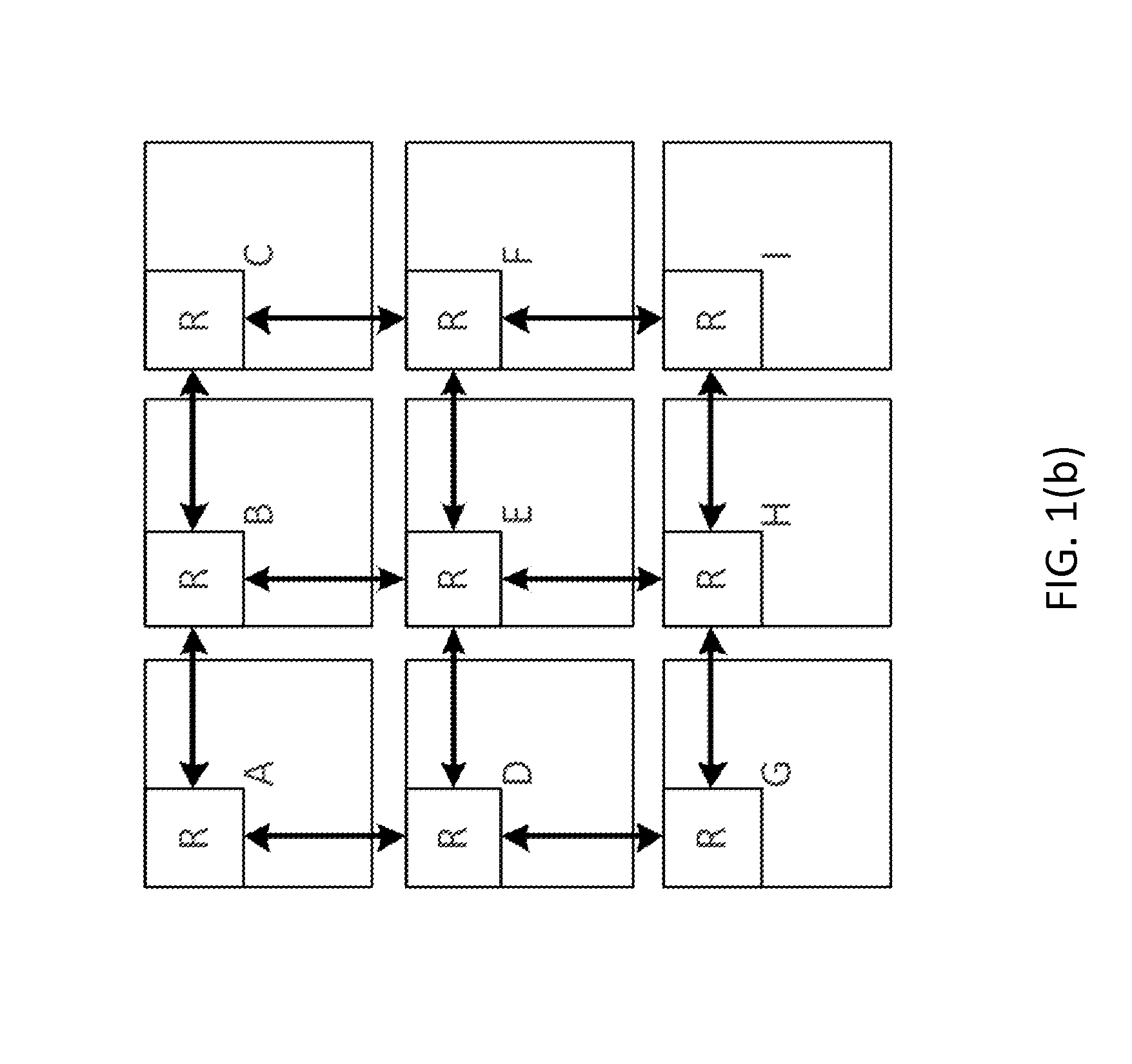Automatic deadlock detection and avoidance in a system interconnect by capturing internal dependencies of IP cores using high level specification
a technology of interconnection and deadlock detection, applied in the field of interconnect architecture, can solve the problems of complexity of analysis and implementation of routing form, inability to achieve dimension order routing between certain source and destination nodes, and the rapid growth of components on the chip. achieve the effect of reducing the cost of interconnect resour
- Summary
- Abstract
- Description
- Claims
- Application Information
AI Technical Summary
Benefits of technology
Problems solved by technology
Method used
Image
Examples
Embodiment Construction
[0049]Applications running on large multi-core systems can result in a variety of messages flowing between various transmit and receive channels of various cores. When a message arrives at the receive channel of a core, the message is accepted for processing. Often during the processing, the core may wait for additional messages to arrive at certain receive channels of the core or may need to send new messages at certain transmit channels of the core and subsequently may wait for their responses to arrive. The processing resources allocated for the message cannot be freed up until all dependent transactions for the message are completed, therefore a dependency is created between the message being processed and the messages that are either expected to be transmitted or received.
[0050]There may be cases when certain messages need to be transmitted or received by other cores before this core can complete processing the message, thereby creating more complex dependencies between multipl...
PUM
 Login to View More
Login to View More Abstract
Description
Claims
Application Information
 Login to View More
Login to View More - R&D
- Intellectual Property
- Life Sciences
- Materials
- Tech Scout
- Unparalleled Data Quality
- Higher Quality Content
- 60% Fewer Hallucinations
Browse by: Latest US Patents, China's latest patents, Technical Efficacy Thesaurus, Application Domain, Technology Topic, Popular Technical Reports.
© 2025 PatSnap. All rights reserved.Legal|Privacy policy|Modern Slavery Act Transparency Statement|Sitemap|About US| Contact US: help@patsnap.com



